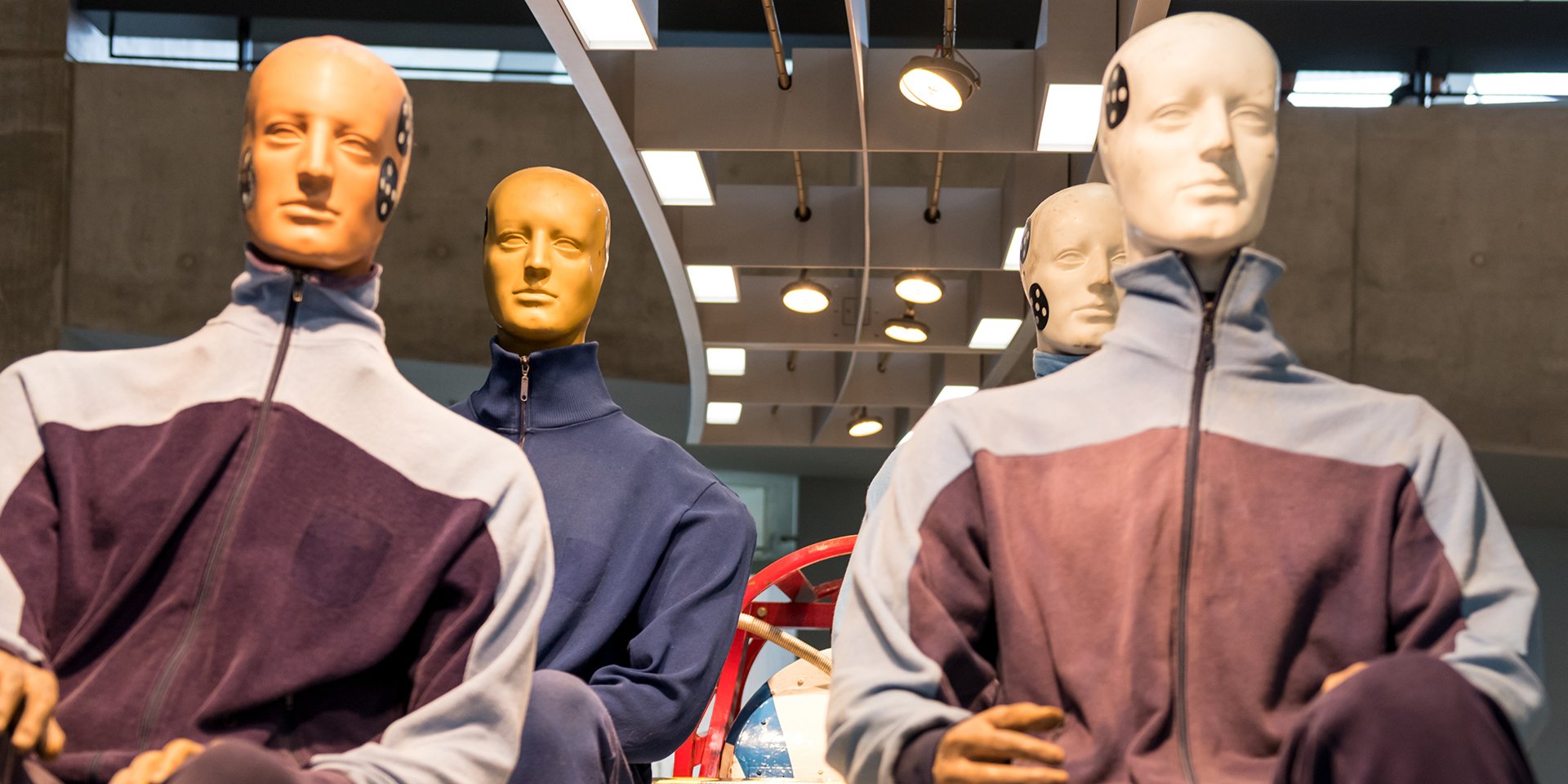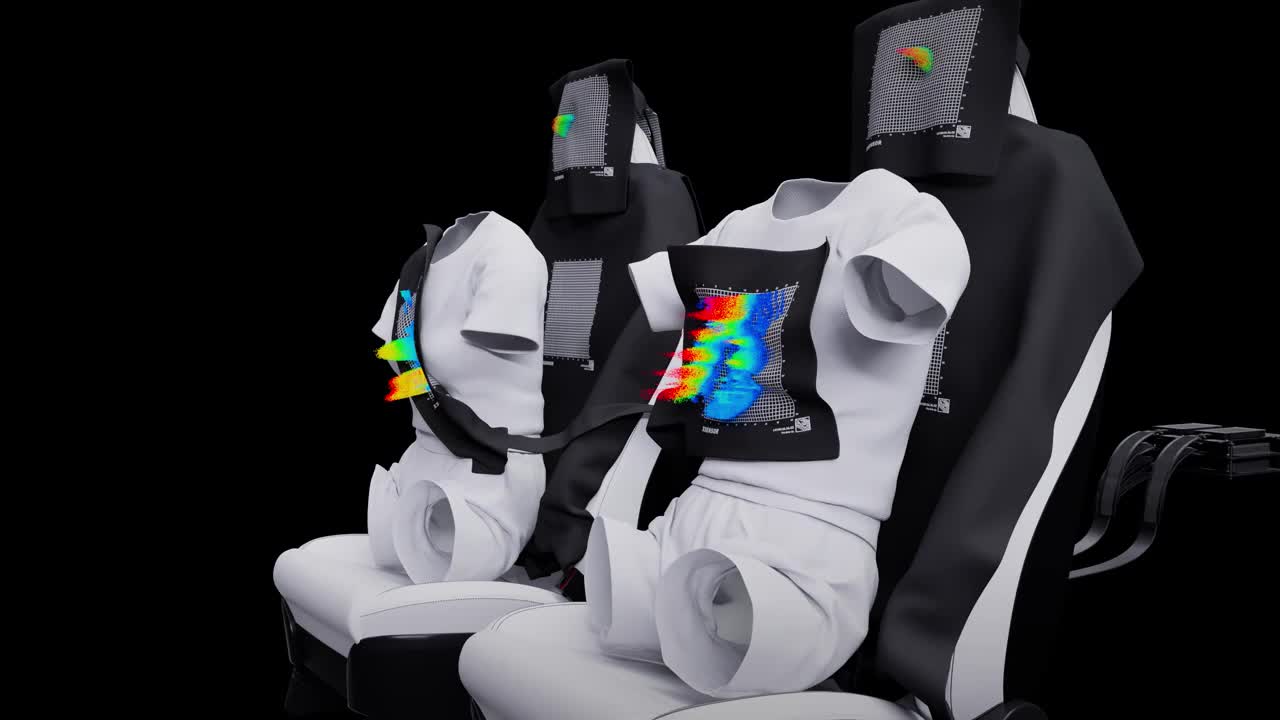
How to Use Vehicle Impact Testing to Improve Occupant Safety
Improving Occupant Vehicle Safety Through Impact Testing
Vehicle crashes remain among the highest risk factors for ordinary Americans and people worldwide. In 2020 alone, there were more than 35,000 collisions, resulting in close to 39,000 deaths, according to the Insurance Institute for Highway Safety. The good news is that deaths continue to decline due to car crashes. Moreover, vehicle restraints are very effective at reducing fatalities – of deaths in the same year, only 44 percent were wearing restraints.
Part of the reduction in deaths and the overall decline in injuries is due to the increased sensitivity and usefulness of vehicle impact testing programs. Occupant vehicle safety improves in direct correlation to how detailed and accurate the data is. Impact testing is a critical part of designing cars for the future, and happily, we have better technology than ever.
How Vehicle Impact Testing Works
Most people understand the basics of impact testing and its goals: to simulate crashes using cars and dummies. This enables you to gather data for prototyping and refining safety systems and vehicles.
The dummy’s job is to stand in for a human in a test vehicle. By placing sensors on the dummy, you can see where the highest pressure points are during a crash. Since parts of the human body are more durable than others, you naturally want restraints to hit those parts – shoulders and hips. At the same time, you want to avoid high pressure on the head and in the face while protecting the cervical and back regions.
Vehicle impact testing places sensors all over the dummy and at pertinent points of the car, such as the exterior and the seat. Each sensor acts as a data point at each moment of the crash. Once translated through software – you can see and analyze what happens during the impact with high accuracy. The forces interacting between the car, dummy, restraints and airbags all show up in crisp detail, simplifying the design process later.

Measuring Impact Crashes from All Angles
Today’s vehicle impact testing abilities take a range of forms. These include:
- Side Impacts: Understanding how passengers are affected in crashes requires examining what happens to passengers from a variety of angles. Sensors on seat belt systems and crash test dummies can gather detailed information on seating positions and safety ratings. With sensors on the dummy and the car, you can make and analyze maps that enable more effective engineering in the present and future.
- Car Body Structures: Vehicles are made to react a certain way to the forces of an impact. Now you can measure specialized structures in impact areas and crumple zones. You can paint a fully realized picture of what happens in an impact vehicle during a test. This enables you to meet automobile safety standards more easily and reliably.
- Camera Angles: The camera is one of the most helpful aspects of vehicle impact testing. Taking and replaying videos is an excellent way to determine what happens during vehicle crash testing procedures. Unfortunately, even the best cameras and the highest frame rates lose some information that the human eye simply can’t pick up. Using high-speed data acquisition systems can help recapture that lost information.
Vehicle Impact Testing Technologies from XSENSOR
If you’re looking for top-of-the-line vehicle impact testing equipment and software, XSENSOR is the go-to solution. Our highly accurate high-resolution data-gathering devices are incredibly sensitive, remote-triggered, and seamlessly integrated with our patented software. Using them in tandem, you can create highly detailed images of what happens during impact.
Our powerful software tools allow you to measure what’s happening at high resolutions and speeds. With fast, responsive and incredibly sensitive sensors capturing thousands of points where a single sensor may be used today, you will access more granular data than ever. With a data logger that attaches easily to crash sleds, you can run impact test after impact test without repeated calibration.
Want to learn more about our automobile safety solutions and platform? We invite you to get in touch with XSENSOR today.


